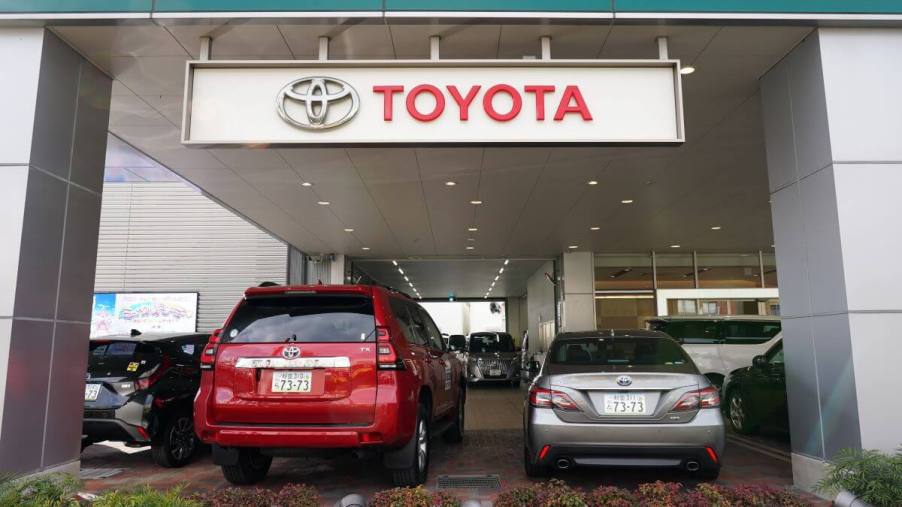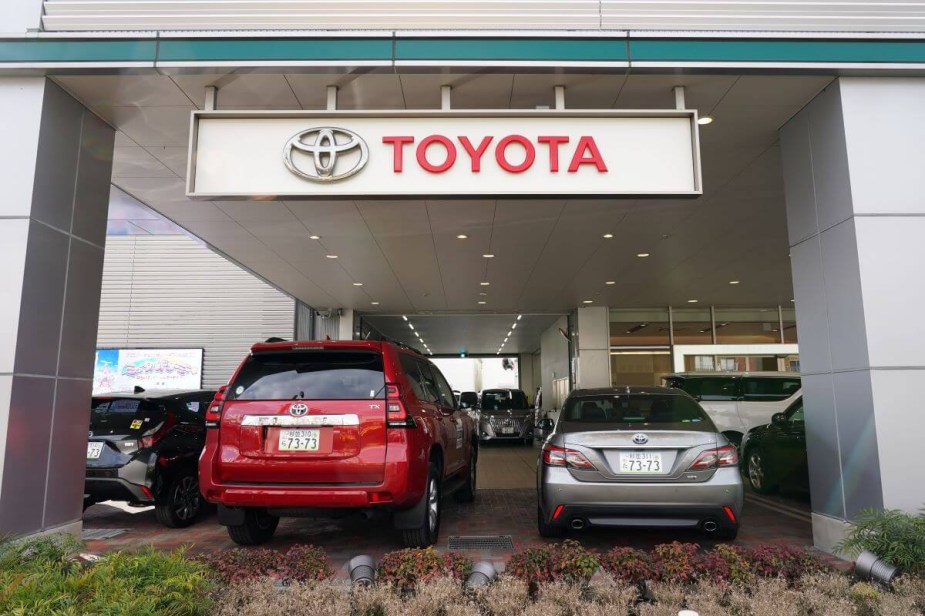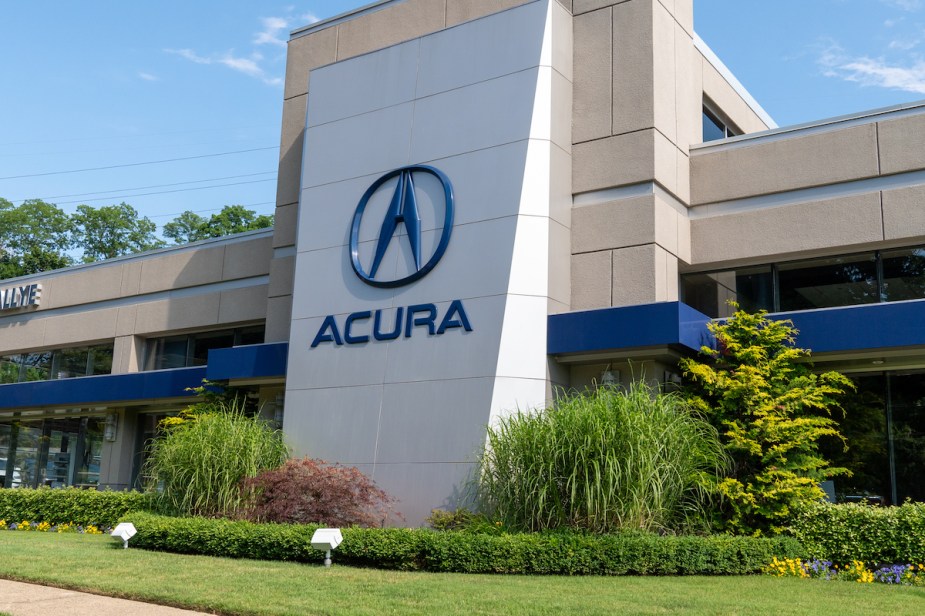
Is a $1,000 Per Month Car Payment the Norm?
Believe it or not, many Americans are currently paying four-figure car payments. It’s hard to fathom, considering most mortgage and rent payments are only slightly higher in some areas of the country. Be that as it may, it looks like a $1,000-plus monthly car payment could become the norm. But why?
Interest rates and dealer mark-ups contribute to the higher monthly payments
As interest rates rise and dealers add mark-ups to new cars, the average monthly payment auto loan payment will continue to increase. According to data from Edmunds, nearly 15% of drivers who financed a vehicle at the end of 2022 are paying more than $1,000 per month. At the same time, nearly 5% of those who financed a used car pay over $1,000 monthly.
At first glance, it may look like car buyers are simply biting off more than they can chew – but that’s only partially true. CBS News reports that the “Federal Reserve continues to raise interest rates in its battle against inflation. The average rate for both new and used automobiles is 6.5% and 10%, respectively, compared with 4.1% and 7.4% a year ago.”
These elevated interest rates contribute to the higher monthly payments, as do the dealer markups.
Negative equity is making matters worse

In addition to higher interest rates and dealer markups, negative equity has also played a factor in higher monthly payments. Edmunds reported that in the fourth quarter of 2022, 17.4% of new car purchases that included a trade-in had negative equity to roll into a new loan. Having negative equity means that the buyer owed more on the loan than their trade-in was worth, which then gets tacked onto the new loan – thus having higher payments.
To be clear, this data doesn’t mean that everyone is paying over $1,000 a month on their auto loans, but it could head in that direction. CBS News noted that the average car note at the end of 2022 was $717 for new cars and $563 for used, compared with $525 and $389, respectively, just five years ago. As you can guess, the global supply shortage and the pandemic are largely to blame for the spike in car prices and the higher monthly payments.
There are ways to stay away from a four-figure monthly payment

Fortunately, for anyone looking to finance a car in 2023, there are a couple of ways to get around paying such a high monthly payment. The first way is to simply purchase a car with a lower cost upfront. Although new and used car prices are still elevated, there are some deals to be found.
Also, putting a higher down payment will lower the monthly payment on an auto loan. Lastly, opting to purchase a certified pre-owned car could be advantageous. The editors at Edmunds noted that certified pre-owned cars typically have incentivized interest rates that are lower than the national average used car loan rate.
Although a $1,000 monthly auto loan payment could be normal for some car owners right now, it doesn’t have to be normal across the board. In these times, we recommend looking around for a lower interest rate on your next auto loan in addition to a lower-priced car to ensure a lower monthly payment in the future.



